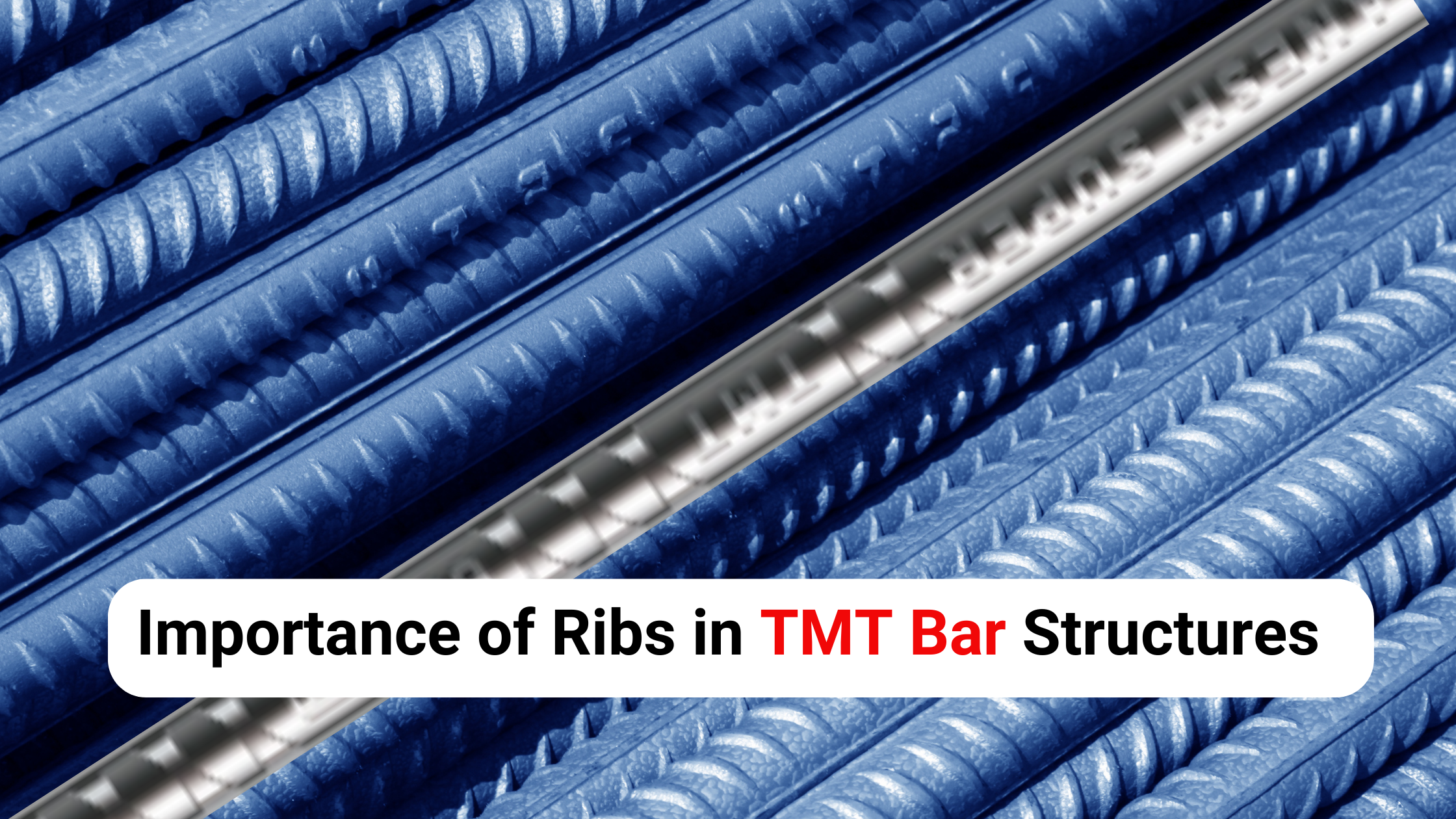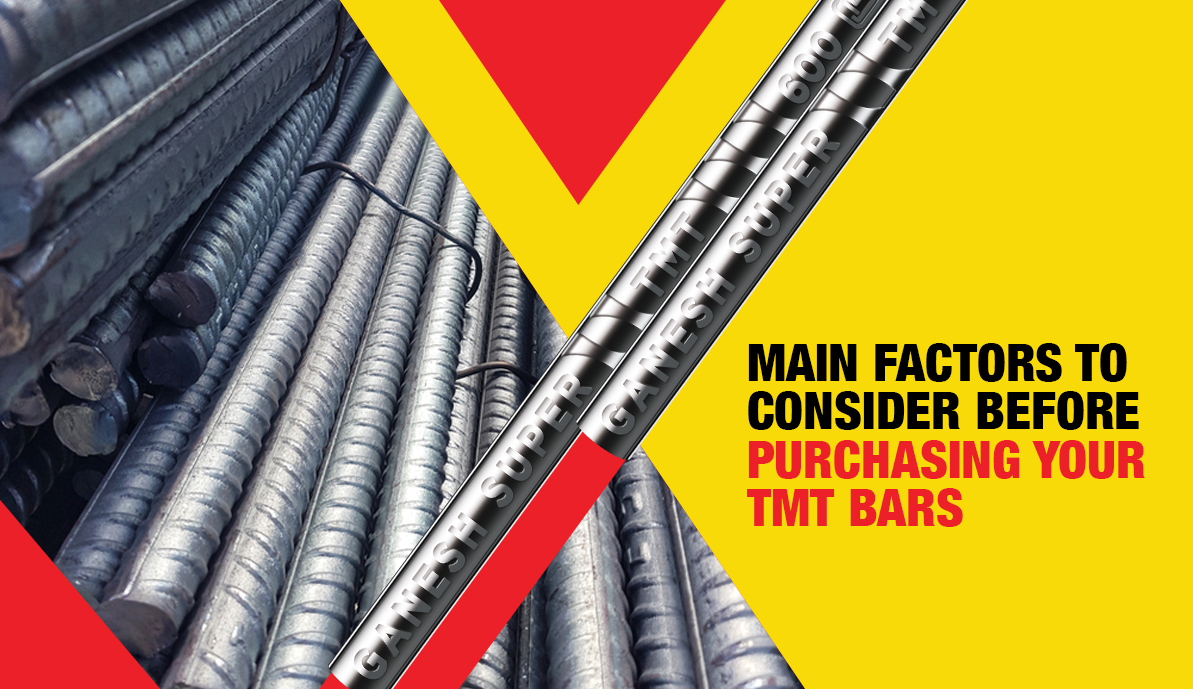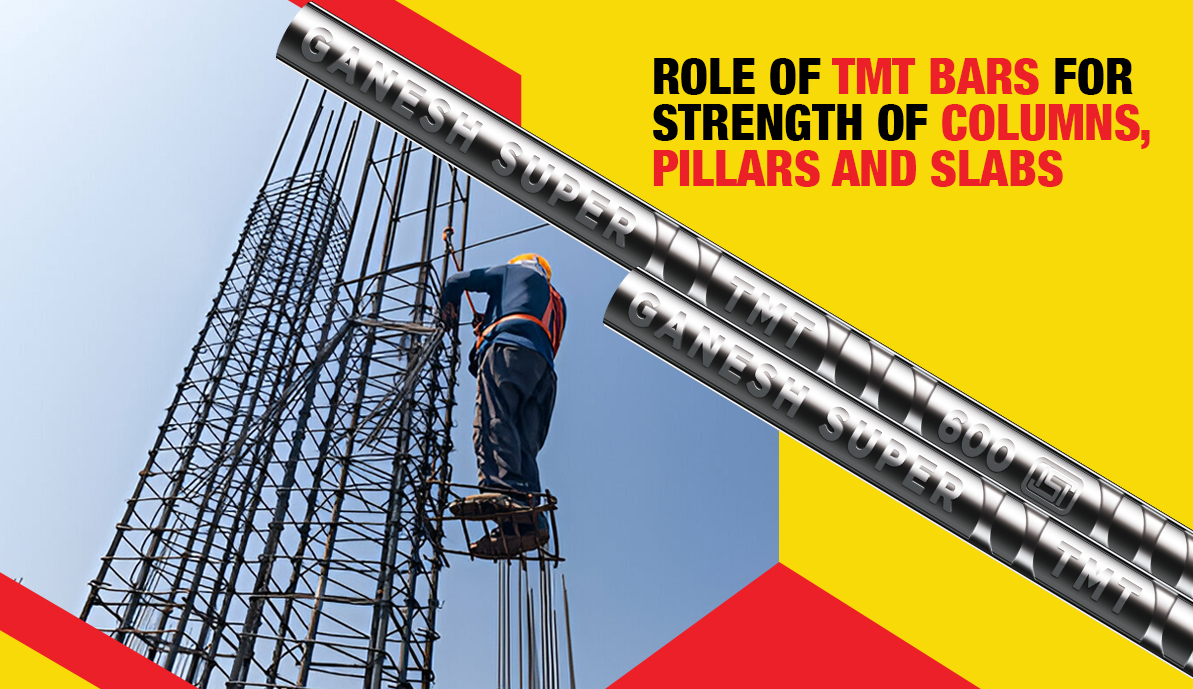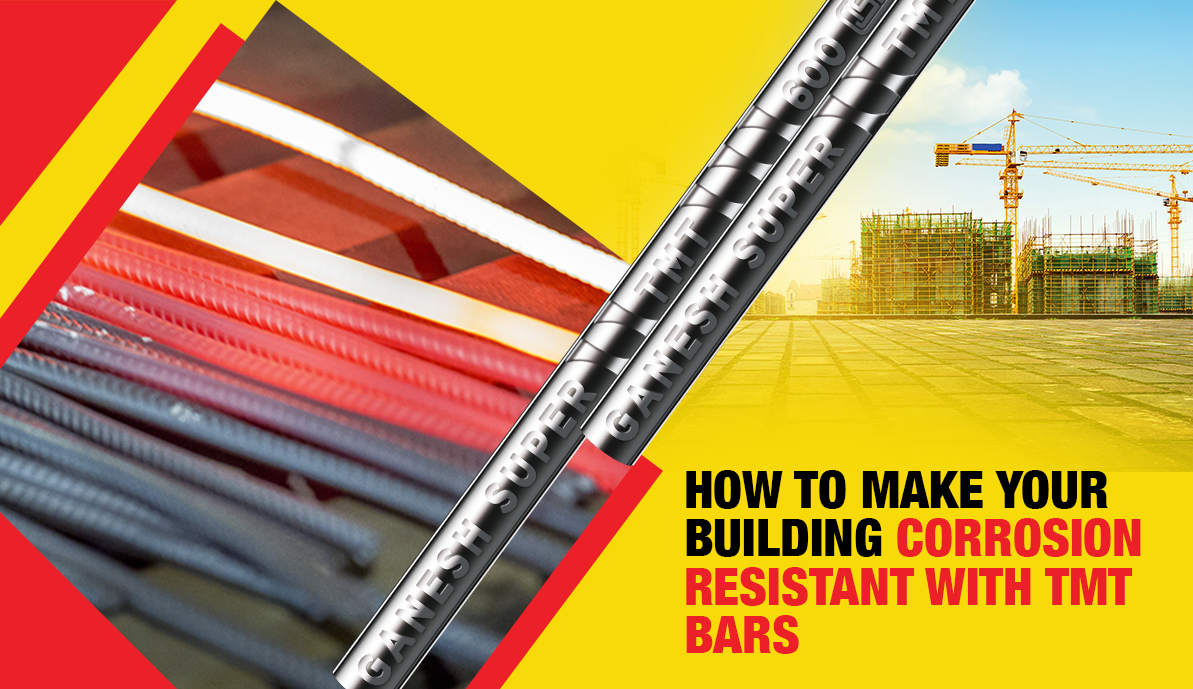TMT bars are an indispensable component of the modern construction industry, providing stability and strength to structures with superior features. These rebars are resistant to heat, corrosion, fatigue, and seismic activity. Moreover, its unique ribbing feature creates a strong bond between the concrete and the rebars, increases strength, distributes the load, and lends stability to the structure. This blog will detail the importance of ribs in TMT bars, the different kinds of ribbing patterns, and their functions.
Types of TMT Bar Ribbing
TMT Saria manufacturers have to pay attention to the quality of the raw materials and to each individual process to produce high-quality TMT Saria. The ribs on TMT bars are a sort of protrusion produced during the completion stage of the manufacturing process. These protrusions are created because of rebar metal processing.
However, despite them being grouped into a broad category, ribs in TMT bars actually follow different patterns. Different patterns provide different functions to the bars and aren’t merely for aesthetic purposes. TMT ribbing patterns can be divided into two groups: longitudinal ribs and transverse ribs. Let’s take a look at their features, differences, and the features they lend to the TMT bars.
Longitudinal Ribs
Longitudinal ribs are present in a line-like pattern on the exterior of the TMT bars. These patterns are designed to be uniformly distributed across the entire bar. The primary function of ribs in TMT bars is to provide more surface area and a textured surface to prevent the concrete from slipping when it goes on.
In addition to providing a better grip on the concrete and preventing it from slipping, longitudinal ribs also add a load-bearing feature to the bars. The even distribution of the ribs enables even distribution of the load on the structure, providing structure and balance to the structure.
Transverse Ribs
Transverse ribs, in a sense, are similar to longitudinal ribs as they are both intentional protrusions of the steel that add various special features to the rebars. However, as opposed to longitudinal ribs, Transverse ribs run horizontally along TMT bars. The pattern of transverse ribs follows a consistent ring-like appearance.
The function of transverse ribs is to provide proper grip and bonding with concrete. The primary purpose of transverse ribs is to offer extra protection against wear and tear by providing a feature that can withstand stress. Best TMT saria companies use a combination of transverse ribs and longitudinal ribs to ensure maximum strength and durability.
Advantages of Ribs in TMT Bars
TMT Saria manufacturers use ribbing mainly to provide superior bonding strength between the bars and concrete. However, the advantages of Ribbing don’t end here. The sturdy and strong bond created by the ribs, namely longitudinal and transversal, help protect the structure against natural calamities by providing additional strength and support. The incorporation of ribs in TMT bars makes the rebars strong. It lends stability and longevity to the construction structure in turn.
Conclusion
TMT bars are a crucial component of any construction, providing strength and durability. They add many benefits to structures, such as fire, fatigue, corrosion, and seismic activity resistance. Moreover, they significantly reduce construction costs as their superior features of TMT bars allow for more stability with less use of steel. The lighter weight of TMT bars also makes it easier to transport as well as reduces logistics costs.
In order to make an informed decision while buying TMT bars, make sure you take into account factors such as quality, cost, and transport. Look for a reputed manufacturer such as Ganesh Super for the best TMT bars that make your construction last decades.





